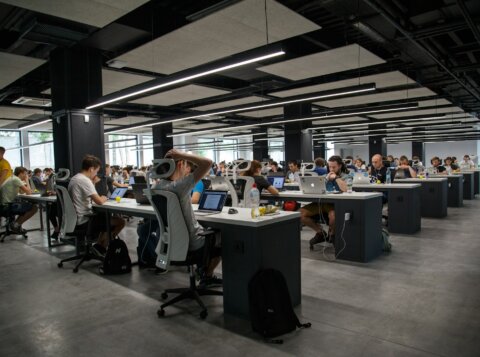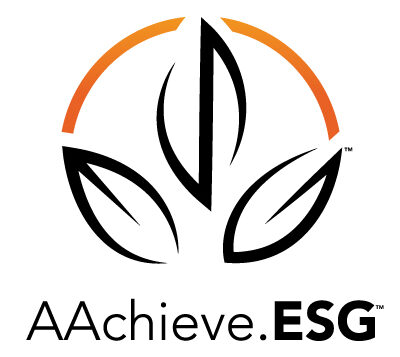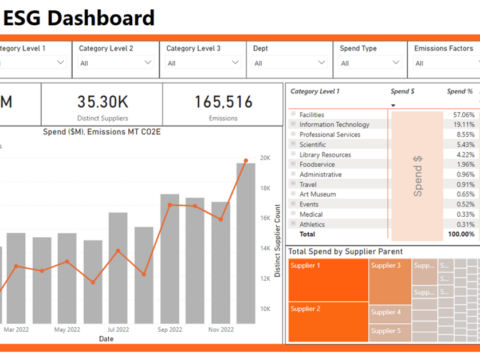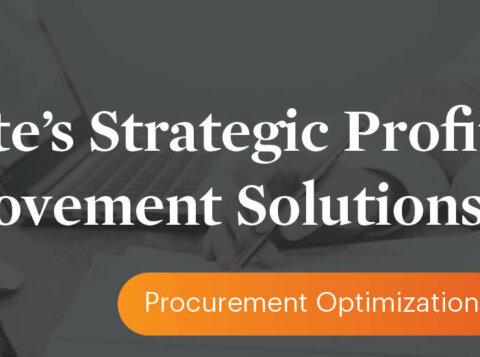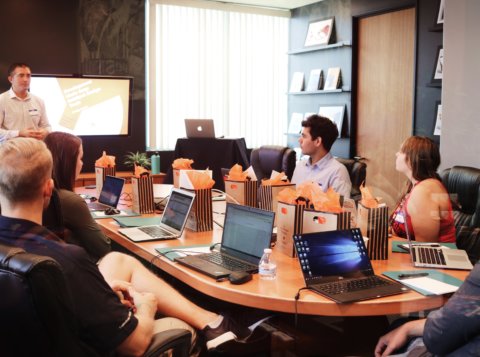Procurement in an Inflationary World
The COVID-19 pandemic put every business on notice to innovate in response to disruption over the past 18 months. However, now companies have faced a new challenge: hyper-inflation.
Raw materials, labor, supply chain costs, and everything in between is skyrocketing. The balance between recovery and hyper-inflation is a delicate one, but it is putting a new challenge on organizations. As costs continues to rise, organizations are turning to their procurement departments to implement strategic cost savings strategies and price mitigation strategies that will better protect them from volatile price changes.
According to a recent CPI inflation report, prices in July increased by 5.4% YOY. This increase was led by several factors including housing, food, energy, and new automobiles, amongst others. While we discuss this, it is also important to keep in mind that the base used to calculate this inflation is 2020, when economic activity and prices for certain cost components were at historic lows due to the pandemic. However, it is undeniable that there is inflation at play in 2021 and businesses need to find a way to combat the impact. A critical business process being impacted by the inflationary environment is the supply chain. For instance, due to limited production of electronic components and microchips due to the pandemic, car manufacturers are struggling to assemble new cars that rely heavily on these components and the price of new and old cars has increased significantly.
Each organization may be impacted by inflation due to inventory shortage, raw material prices or wage increases, but a procurement department that tracks these trends can turn them into a competitive advantage. Below are several key strategies that procurement departments can deploy to drive cost savings during a period of inflation.
Risk Assessments/Active Contract Review
Understanding contractual and supplier risk across each department or spend category is critical to managing within an inflationary environment. An active procurement department should access their risk by spend category or geographic region to understand where the immediate needs are.
- Risk Assessment – Conducting a risk assessment across key vendors or spend areas will help your procurement department mitigate risk, especially during periods of inflation. Outlining things such as inaccurate analysis or data, supply delays or deficits, missed KPIs, and lack of partnerships can help you navigate your immediate and future needs.
- Index-Based Pricing – An active procurement department should understand the fluctuations of indices for key commodities and strategically manage/renegotiate agreements when the market is conducive to cost savings and hold firm on price increases as indices increase. This strategy can help lock in longer term rates or implement new raw material indices that can protect you from any inflationary effects.
- Non-Market Adjustment – Leadingprocurement organizations utilize language for non-market adjustments that allow companies to recoup further benefits from index base adjustments
- Supplier Selection and Diversification – Procurement departments also identify suppliers and spend categories that are critical to business operations and working on developing alternative suppliers to enhance leveragefurther.Establishing KPIs and holding frequent relationship reviews will help you identify rising costs and areas for potential cost reduction. This strategy can also help achieve goals within key areas such as environmental sustainability, governance, and diversity.
Utilization Review
During times of prosperity and economic recovery, companies tend to make purchases based on immediate needs. To remain agile, companies need to continuously review their contracts to ensure each product and service is right sized to fit their needs. During times when cost reduction is paramount, companies can find significant cost savings by making their utilization more efficient and reducing redundant or unused products and services. Below are a few areas where organizations can find cost reduction through utilization reviews.
- Demand Management – As organizations grow, there is a constant need to review utilization across the board. For example, IT departments need to review hardware and software utilization on a recurring basis to ensure that the capacity that they have is getting utilized effectively. Organizations can go through many changes as their goals evolve and identifying and redirecting unused capacity can result in significant bottom-line savings.
- Temporary/Contingent Labor Workforce – Organizations are turning to temporary or contingent workers to help fill their needs as the workforce shortage continues. Ensuring that you have an efficient process in place to identify your needs and hire the right workers can help reduce your workforce costs. As the market continues to change, organizations should be hyperaware of the trends in wages to make sure they are getting the best possible service at a competitive market rate.
Technology
Technology is continuing to be a growing resource for procurement departments and can help streamline the processes while reducing cost and managing risk effectively. Organizations have turned to several different technologies in the procurement space ranging from Source to Contract tools, Procure-to-Pay technology, and additional standalone solutions to improve vendor management and contract management. All of these technologies will enhance the procurement function and supplement any gaps they have in the workforce.
- e-Procurement – An e-Procurement solution will help your team automate the procurement process and become more efficient in your supply selection and sourcing efforts. Organizations have been turning to e-Procurement solutions recently to help support their needs more efficiently and reduce risk and errors caused by a traditional procurement process.
- Contract Management & Vendor Management – Contract management and Vendor Management suites are critical to organizations for analyzing and assessing their current needs, planning future needs, managing cash flows, and mitigating supply risks adequately. The best Contract Management and Vendor Management systems also allow procurement professionals to track critical KPIs and SLAs
Every organization is affected by inflation. However, the upcoming landscape could represent unprecedented challenges and complexities based upon the rising costs and continued disruption. A proactive and strategic procurement department is a vital part of achieving organizational goals during these types of environments. The first goal is to call attention to the environment that is coming and begin to act! Action will allow you to turn a disrupted inflationary environment into a strategic advantage – positioning your business for success.

















